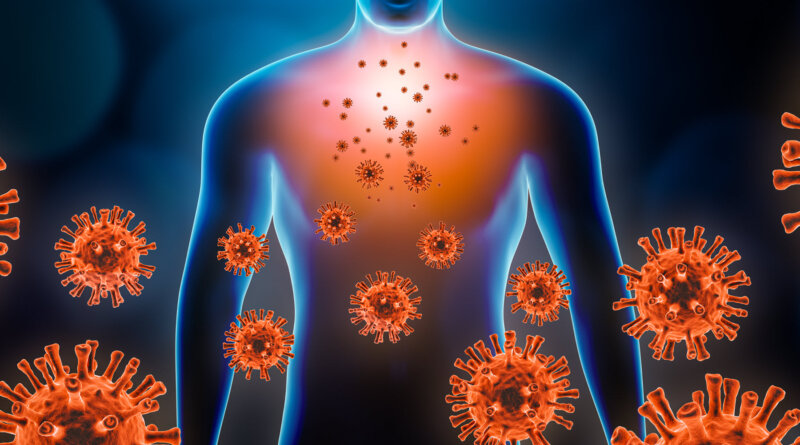U.S. COVID Infections ‘More Widespread’ Than Thought?
March 17, 2021 – Another 16 million Americans were infected with COVID-19 in the first 9 months of 2020 than previously reported, according to a new study.
Investigators evaluated 61,910 adults who reported feeling well when they applied for life insurance. A total of 4094, or 6.6%, had a positive coronavirus antibody test, meaning they previously were infected with the virus.
The finding would “double the number who have been infected with COVID-19 compared to the number of clinically diagnosed cases,” lead author Robert L. Stout, PhD, chief scientific officer at Clinical Reference Laboratory, Inc in Lenexa, KS, told Medscape .
“As of September, the scope of the pandemic was about double the number of reported cases,” Stout added. “It is not like measles, where it is easily identified. Quite simply, for the asymptomatic patient they think that everything is fine and continue to go about their normal activities. Some practice recommended CDC guidelines in public places, while some may not.”
The research letter was published online March 16, in JAMA Network Open.
Once investigators evaluated the national sample in September, they used that data to estimate the number of total undiagnosed U.S. cases based on census data.
Sex, Age, and State-by-State Comparison
The cross-sectional study included age, sex, state of residence, and antibody status. The average age of people in the study was 39 years. Of the 4094 positive cases, 54% were men.
The infection rate was slightly higher among women, 6.9%, compared with 6.4% among men.
The lowest infection rate was 2.8% among asymptomatic people older than 70. In contrast, the youngest cohort up to age 30 had the highest rate, at 9.8%.
The infection rates varied widely by state, ” noted Stout and coauthor Steven Rigatti, MD, from MassMutual.
The highest rate in September was 14.4% in New York, followed by 12% in Louisiana, and 10% in Nevada. States with the lowest rates included Oregon with 1.5%, Maine with 0.6%, and Alaska with 0%.
Implications and Skepticism
“Our estimate implied more than twice the number of infections than cases reported to the Centers for Disease Control and Prevention,” the researchers note, “suggesting a more widespread pandemic.”
Potential limitations of the study include self-reporting of health — all people reported feeling well — and evaluation of blood tests submitted vs a random sample of the overall population.
“Overall, it is difficult to interpret the findings, as the sample for the study was a convenience sample of individuals applying for life insurance,” Neeraj Sood, PhD, told Medscape.
The numbers might even be higher. “People applying for life insurance tend to be more educated, richer, and probably more risk-averse. So the findings from this study do not generalize to the general population and probably represent a lower bound of true seroprevalence in the general population,” said Sood, director of the COVID Initiative at the University of Southern California Schaeffer Center in Los Angeles.
Sood was the lead author of a JAMAresearch letter published in May that evaluated the infection rate among adults in Los Angeles County.




